Table of Contents
Media Index
CHAPTER 10
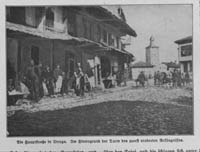
The Bulgarian army held captured Serbian prisoners in the tower at the end of the main street in Struga during the invasion of Serbia in October 1915.
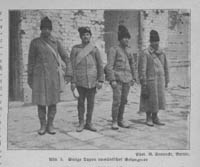
These four Romanian prisoners of war are examples of the soldiers captured during the Central Power invasion of their kingdom in the Fall of 1916. Their country was ill-prepared for the Austro-German-Bulgarian onslaught.
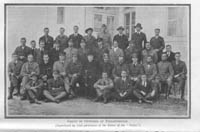
A group of Allied officers at the prison camp at Phillopolis pose for a photograph with an unidentified civilian (sitting in the center with a cane). Most of the men are British or Commonwealth officers, although there is at least one Russian officer in the group. Several men are dressed in civilian clothing and may be interned enemy aliens.
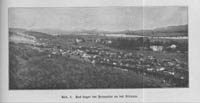
General view of the Bulgarian prison camp for French prisoners on the Struma River. The camp appears to be under construction due to the number of tents raised within the compound. The Struma River can be seen in the background.
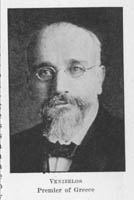
Eleutherios Venizelos (1864-1936) supported the Allies during World War I and formed a Greek Provisional Government of National Defense in Saloniki in 1916; he forced King Constantine to abdicate in 1917.
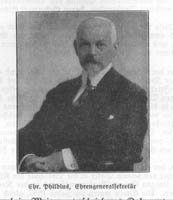
Portrait of Christian Phildius (d. 1937), World's Alliance of YMCA's General Secretary from 1896 to 1922 and conducted negotiations to establish WPA programs in Austria-Hungary, Bulgaria, and Turkey during the war.
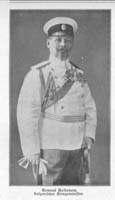
Official photograph of General Niedenoff, the Bulgarian Minister of War when that kingdom entered the war in 1915; he supported the introduction and expansion of WPA operations in Bulgaria.
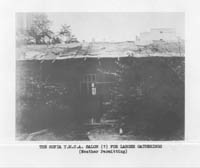
Side view of a former POW barrack in Sofia in very bad repair. The Sofia Association acquired the building after the war and used it for fifteen years for a number of programs. The building was a typical one-story, wooden barrack used by the Bulgarian army.
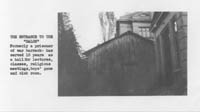
Photograph of the front of a former POW barrack in Sofia, circa 1933. The Sofia YMCA obtained this building after World War I and used the facilty as a lecture hall, classes, religious meetings, and a boy's game and club room.

Reverend Louis P. Penningroth (1888-1973) volunteered to serve Allied POW's in Austria-Hungary as a WPA Secretary during World War I; in 1917, he transferred to Russia to conduct army work.
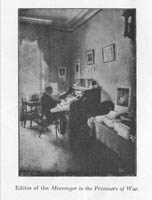
Ernst Sartorius served as a World's Alliance Secretary from 1910 to 1930. He joined the World's Committee as the librarian and became the Associate to the General Secretary. During World War I, Sartorius edited The Messenger to Prisoners of War, the World's Alliance's monthly publication for POW's. After Christian Phildius opened Bulgarian prison camps to War Prisoners' Aid operations in December 1916, the World's Alliance sent Sartorius to serve as the Senior Secretary to supervise relief work in the kingdom.

World's Alliance secretaries distribute relief funds to Serbian, Russian, and possibly a British prisoner outdoors at the prison camp at Haskovo. Some of the prisoners are recuperating from wounds but are able to muster to receive their money. The World's Alliance distributed 3.3 million Swiss francs to Allied prisoners in Bulgaria during the war.
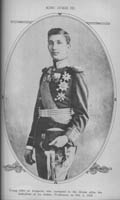
Tsar Boris III of Bulgaria (1894-1943) was the crown prince during most of World War I and became the tsar upon the abdication of his father, Tsar Ferdinand, in September 1918.
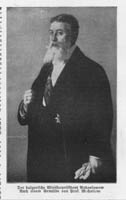
Painting of Vasil Radoslavov (1854-1929); he was the Prime Minister of Bulgaria during most of World War I. Radoslavov was pro-German and strongly supported the invasion of Serbia in 1915 and Romania in 1916. He advocated the YMCA's War Prisoners' Aid program and served on the WPA National Committee in Bulgaria.

Bulgarian dignitaries, officers, and Orthodox priest attend the inauguration of the YMCA building in the prison camp at Phillipopolis in 1917. The building is cheerfully decorated with strings of garland and flags. Serbian POW's stand to the left of the building waiting for the hall to open.
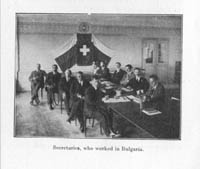
Ten World's Alliance secretaries who worked in War Prisoners' Aid service in Bulgaria meet in a conference room with the Swiss and two Bulgarian flags draped on the wall behind them. The World's Alliance symbol is displayed on the wall above the flags. These men provided social services to Allied prisoners languishing in Bulgarian prison camps during the war.